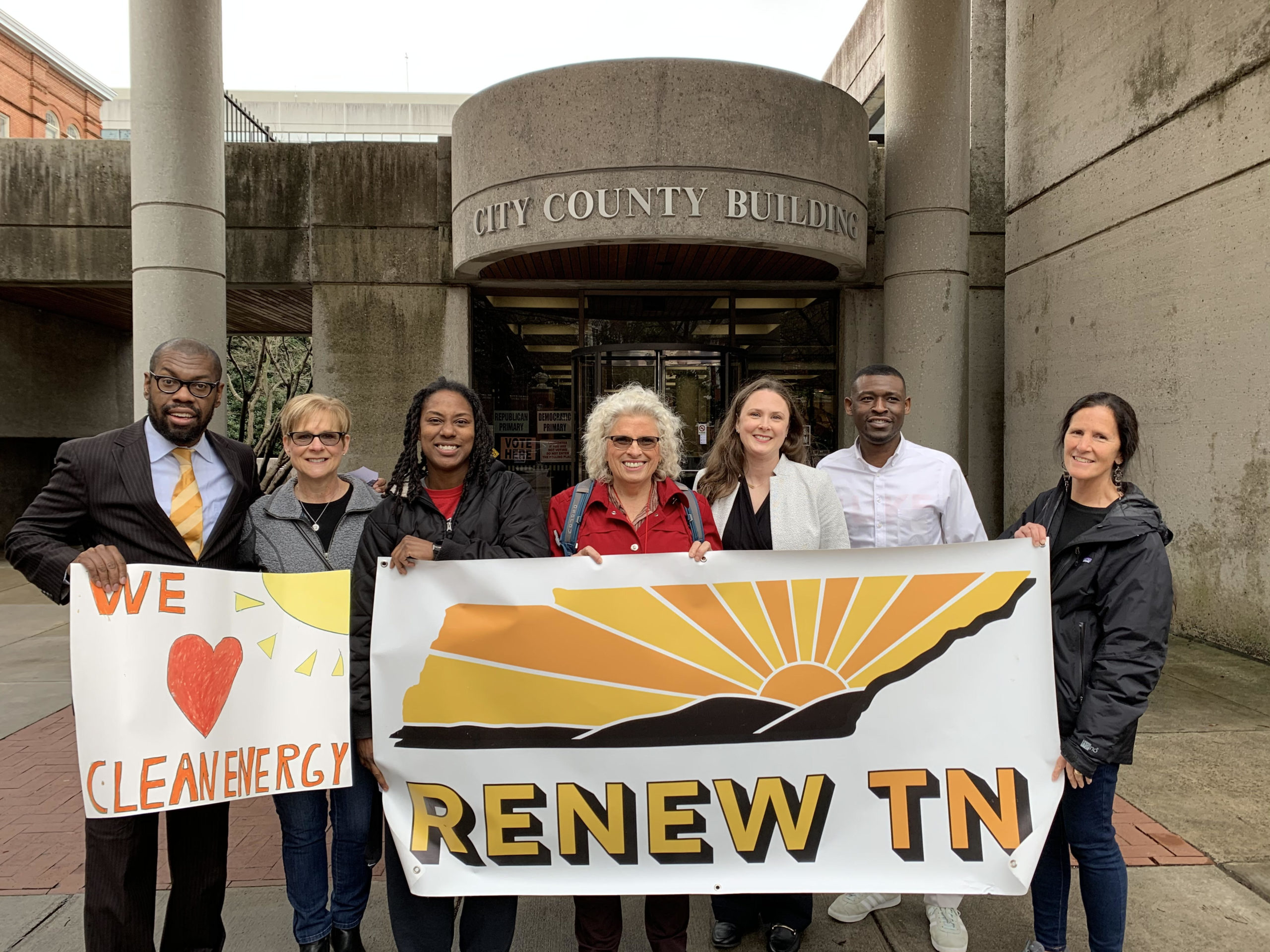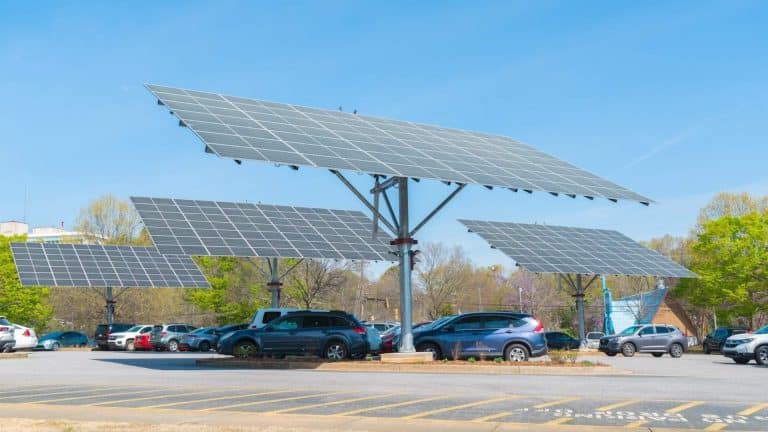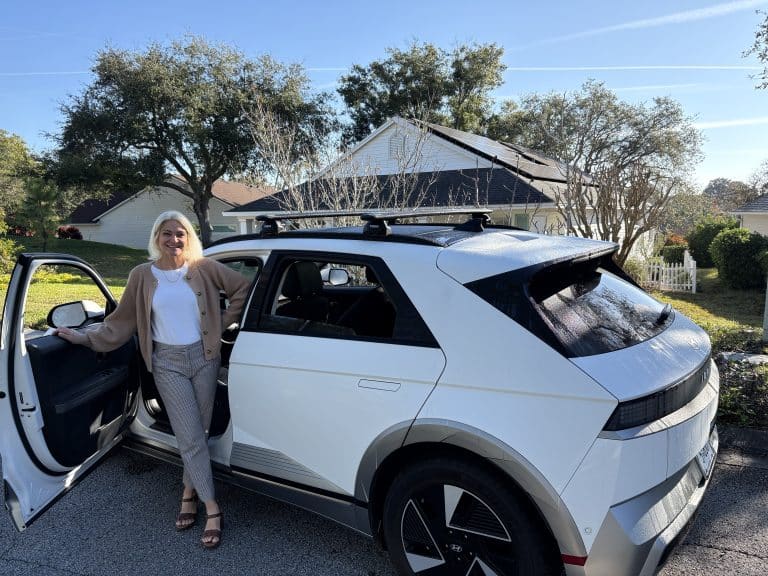This blog post was written by Brady Watson, former Civic Engagement Coordinator for the Southern Alliance for Clean Energy.
Last Tuesday, April 28th, the Southern Alliance for Clean Energy (SACE) hosted a webinar where SACE’s Executive Director, Dr. Stephen A. Smith, and the City of Knoxville’s Sustainability Director, Brian Blackmon, updated Knoxvillian’s on climate and energy issues in the City.

A key highlight from the webinar was the discussion about the City of Knoxville’s Mayor Indya Kincannon’s announcement of a new Climate Council during her first annual State of the City Address. The Council’s purpose is to assist the city in developing a plan to meet its carbon emission reduction goals of reducing community-wide carbon emissions by 80% by 2050. The Council will consist of community leaders and institutional partners from various sectors and industries. SACE will be a member of the Council, alongside local utility, KUB (Knoxville Utility Board), and KUB’s energy supplier TVA (Tennessee Valley Authority); a full list of Council members is forthcoming from the City. It is important to SACE and various other environmental and advocacy groups this process proceeds in an equitable manner, in which city officials have indicated that equity has been taken into consideration.
Do you want more clean energy in Knoxville? Click here to take action with us.
City of Knoxville Surpassed 2020 City Goals, Looks to 2050 Community Goals
The City of Knoxville has already met and surpassed its 2020 goal of reducing emissions from City government operations by 20% compared to a 2005 baseline, in fact reducing them by 30% thus far. This achievement is largely attributed to a LED streetlight project the City completed last year. Community-wide, emissions related to buildings have decreased 23% across residential, commercial, and industrial sectors, but Blackmon noted on last Tuesday’s discussion, transportation is actually worse, increasing by 44%, despite overall better fuel economy. This increase in carbon emissions from Knoxville’s transportation sector is due to a higher volume of vehicles on our City’s roads.
Next Steps for Knoxville’s Climate Council
The Mayor’s Climate Council will meet bi-monthly and will be broken into three segments:
- Transportation,
- Energy and Buildings, and
- Waste
The group will stick to a compact timeframe in order to give recommendations to City departments in time for inclusion in Fiscal Year 2021/22 budget considerations. According to Blackmon, the first meeting of the Climate Council will be held virtually at 1 PM on May 12, 2020, and will focus on additional greenhouse gas mitigation strategies. Blackmon also confirmed during the question and answer portion of our webinar the City will hire an independent facilitator to run Climate Council meetings.

During the webinar, Dr. Smith and Blackmon both stressed the importance of engaging the community during this process. The webinar also consisted of a question and answer segment, helping to provide additional information about the Climate Council and Knoxville’s progress in taking action on climate change to Knoxvillians. Below, we have summarized answers to select questions and timestamped all questions and answers for your reference.
Who is on the Climate Council and which sectors are represented? Is there a list of members available yet? (26:00)
Blackmon indicated the council will include a neighborhood/community perspective, the Knoxville Chamber of Commerce, the University of Tennessee-Knoxville, KUB, TVA, SACE, student and business representation, Socially Equal Energy Efficient Development (SEEED), and other constituencies that had not yet confirmed participation on the council.
What did KUB do regarding TVA’s demand for a 20-year contract, and what is the City’s position on TVA’s lack of solar and wind energy in its energy mix? (31:55)
The panelists differed slightly on this question. Blackmon said the city was supportive of the new contract between KUB and TVA because the contract allows for a 212 MW solar installation which will be built by TVA, and owned by KUB. He also mentioned that a portion of the dividends from TVA that KUB will receive as a result of signing the long-term contract, can be used to invest in low-income weatherization programs. However, Blackmon did acknowledge the investment in weatherization programs could be greater.
While Dr. Smith is supportive of KUB investing more in solar, he voiced concerns that we at SACE have raised repeatedly about the 20-year contracts. Namely, they are more constrictive on local utility companies, and the 5% flexibility touted by TVA is really only around 1%. Dr. Smith stressed TVA and KUB have the potential to be real leaders on renewable energy, but the current makeup of TVA doesn’t lend itself to that. However, according to Dr. Smith, that can change with a new federal administration and TVA board.
Can we achieve net-zero carbon in all buildings by 2050 if we set that goal today and phase in higher standards incrementally? (44:20)
Blackmon indicated net-zero carbon goals for buildings are something he expects the Climate Council to discuss. He mentioned the need to push utility partners to invest in more renewables in order to drive down the carbon emissions for all customers. Doing so would help alleviate some of the potential issues with achieving net-zero using on-site mitigation, such as rooftop solar or measures that might increase the cost to purchase or build a home. He also acknowledged that the city will likely have to push on both fronts: getting the carbon intensity of utility power down and also getting on-site mitigation measures in place.
As the owner of a local company involved in solar and energy efficiency, I’ve been involved with the TVA Green Power Provider Program, TVA KEEM program, and the TVA MOREE program. In my experience, for the community to be involved, there needs to be an incentive. Does the city have a plan to incentivize energy efficiency or solar to maximize community participation? (48:40)
Blackmon indicated the city does not currently have a plan for any sort of incentives, but that this was something that will be discussed on the Climate Council.
Dr. Smith gave some background on TVA’s historic investments in renewables and energy efficiency: TVA used to offer very generous programs to help residents offset initial upfront costs of installing solar, but as the price of installing solar has gone down, so have TVA’s incentives, to the point they are now disincentivizing customer-owned solar by providing minimal compensation to residents who put energy back on the grid. TVA previously had robust energy efficiency programs but has since scaled those way back, from around $100 million annually to around $10 million annually. Dr. Smith suggested that TVA should be more aggressive in its support of renewable energy and energy efficiency incentives and become a more full-throated partner with cities such as Knoxville that have set carbon reduction goals.
Can you tell us more about the $50,000 in the proposed City budget for the “Sustainable Innovation Fund”? (58:45)
This is a fund that the city will use primarily to upgrade city buildings with more sustainable infrastructure when they are doing renovations. Blackmon gave the example of the Cal Johnson Recreation Center where the city had plans to renovate a portion of the building. This fund would allow the city to replace air-handlers throughout the building, instead of just in the area where they are working. It will also help train city staff on energy management to help them identify things from a sustainability perspective.
Listen to more answers by watching the recording here, and using the timestamps to find each respective question.
Are there official benchmarks for progress to the 2050 community-wide goal? (25:00)
How can we interact more with residents who are not necessarily tuned in to environmental issues such as climate change to influence behavior? It seems there are many people in the Knoxville area who are unaware and/or don’t care. (27:15)
Along the lines of telecommuting and reducing VMT (vehicle miles traveled), to reduce transportation emissions, what are the chances of cooperation between City and County in expanding bus routes so commuting into town from the county can move away from cars? (30:15)
Is the city willing to hire an independent expert to work with the Climate Council in formulating a comprehensive climate action plan? (31:00)
The City has set a goal of reducing greenhouse gas emissions by 80% by 2050. How is tree planting being considered in our decarbonization? An assessment of tree canopy in 2011 found deficiencies in many areas and the Tree Board is committed to planting 500 trees per year. Trees are carbon sinks. (41:00)
Can residential construction be more efficient in both the construction phase and the energy efficiency phase after the family moves in? There is lots of building going on! (42:38)
How are transportation & housing policies being considered in our decarbonization? (43:50)
Could all new multifamily housing be required to be located within walking distance of transit lines? (46:45)
SACE will continue working with the city as part of the Climate Council, and engaging with other environmental partners to ensure and equitable Climate Action Plan is drafted in order to help Knoxville meet and surpass all of its carbon reduction goals. To stay informed throughout this process and take action, join our movement to #RenewTN.
#KnoxvilleClimateCouncil


